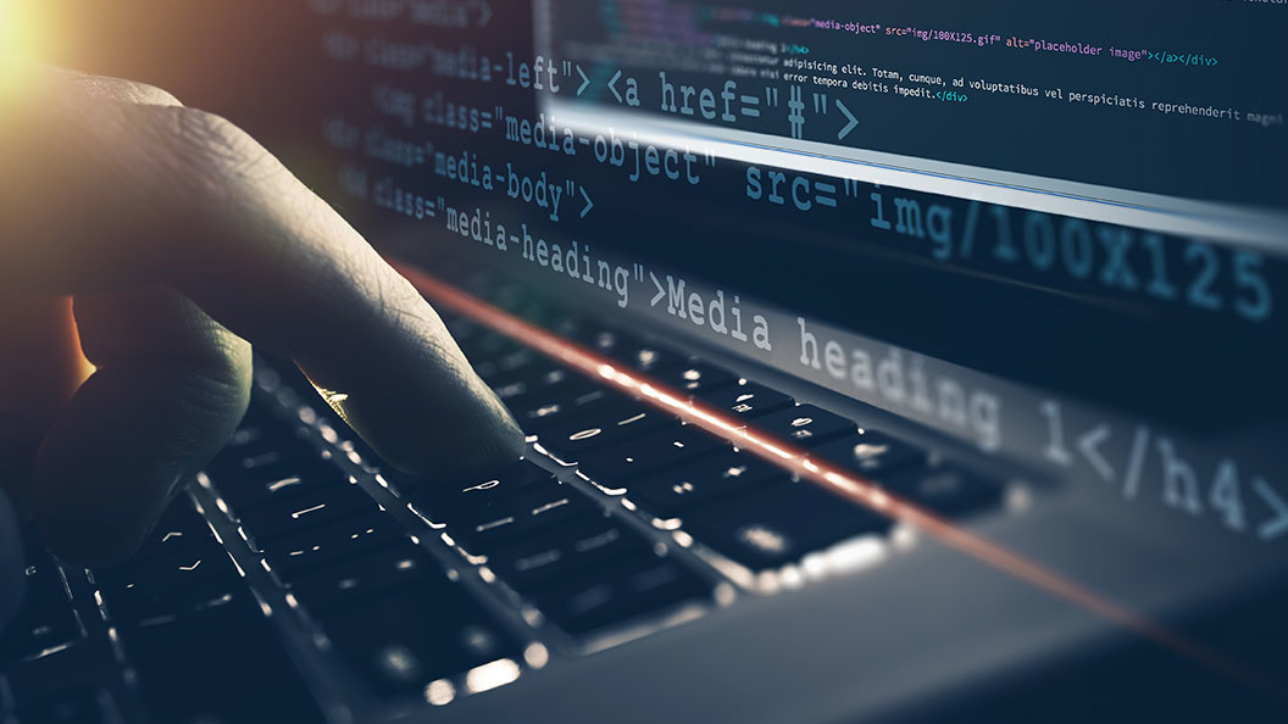Considering a career in software engineering? We’re here to help with some of the very best resources for prospective programmers.
We’ll cover:
- What language should I learn?
- Pursue a software development specialization
- Six language-based courses for learning how to code
- What makes these courses different?
- Start learning today
What language should I learn?
Before you can start coding, you’ll need to pick a language. Programming languages have different strengths and limitations and are therefore better suited to solving different problems and fulfilling different use cases. You will want to consider which developer career path seems most appealing to you in order to know where to start.
However, it is worth noting that this decision isn’t as final as it may seem. Your first language is simply that– your first. You have a long career ahead of you and there are likely to be plenty of other languages and technologies that you’ll need to learn (in fact, developers often learn multiple languages, frameworks, and technologies throughout their career).
Let’s briefly cover a few of the most popular programming languages.
Python
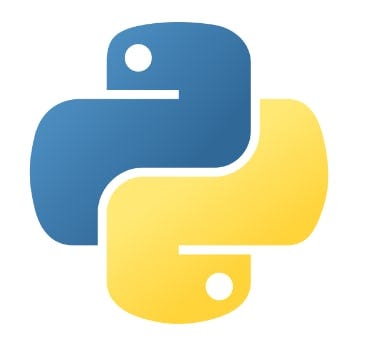
Python is renowned for its beginner-friendly characteristics. It is famously easy to read and debug, but this doesn’t make it just for beginners. Python has been steadily gaining popularity for many years now and is often in the headlines for a wide variety of applications, ranging from web development, to data science and artificial intelligence.
Learning Python is one of the very best ways to start your software development journey, and many other certifications and bootcamps will start learners with Python for the very basics of writing code.
JavaScript
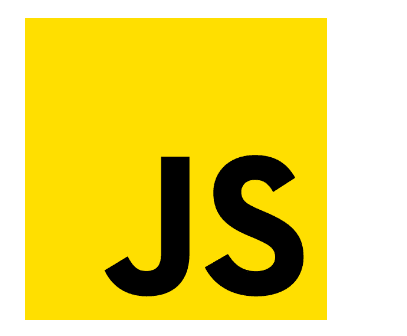
JavaScript (often abbreviated to JS) is a multipurpose programming language, much like Python, but it also occupies a much larger space in web development. Much of the functionality of web applications and websites comes from JS. If you plan on building websites or working in front-end development, it’s a good idea to learn JavaScript. Thankfully, JS is also quite beginner friendly and is a great language for popular programming styles like object-oriented programming (OOP).
Java
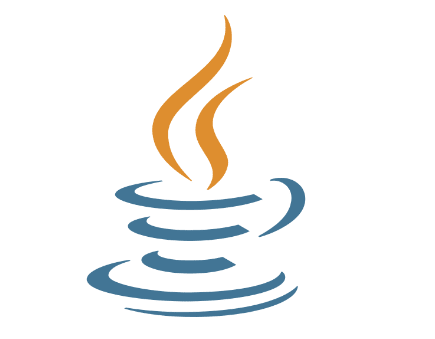
Java is a versatile programming language that is similar to C and C++. Java remains one of the most popular programming languages, specifically for building client-server web applications.
Java became popular because of its support for object-oriented programming (OOP), but also to improve upon the limitations of older compiled languages (like C++). Java allows programmers to write once, run anywhere. This means that code written in Java can run on any supported platform. With this ability, the introduction of Java represented a big step in cross-platform software development.
C#
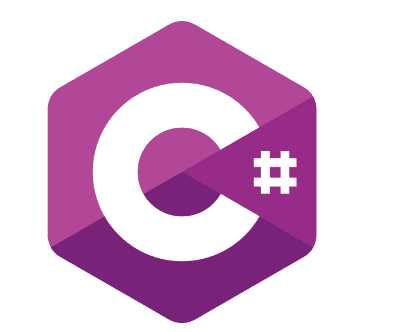
C# (pronounced “C sharp”) is a simple, modern language that is based on older languages like C and C++. Given these roots, skills in C, C++, and C# are easily transferable. Additionally, Java and JavaScript programmers will also see familiarities in C#.
One of the main draws to C# is .NET. .NET is an open-source developer platform built and maintained by Microsoft. Developers can use C# to build highly functional, secure applications that run in .NET.
C++
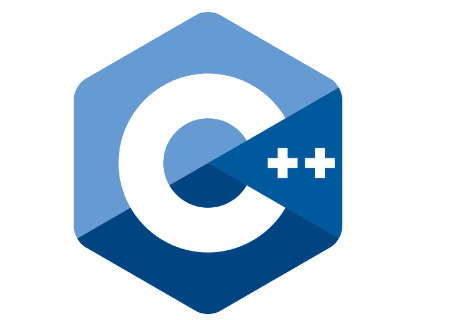
Like all of the previous languages, C++ (sometimes written as CPP) is a readable language that is well suited for plenty of different programming tasks. C++ is an extension of the C language that was built with object-oriented programming in mind. It has expanded significantly over time and supports many different programming disciplines.
C++ is most commonly used for desktop applications, servers, databases, and video games. Most big budget AAA video games are built in C++.
Ruby

Ruby is used for a wide range of applications. Ruby on Rails is a framework for web development, but Ruby can also be used for data processing, automation, and static site generation. Ruby is often compared to Python as a beginner programming language as they share a lot of functionality.
High-level languages: interpretation and compilation
High-level languages are languages that are readable by humans. When the code is executed, they need to be translated into code that is readable by computers. This translation process can be done several different ways. Both interpretation and compilation translate human-readable code into machine code, but they do it in different ways.
These differences in translation means that program speeds may vary, or that code may not be cross-platform compatible.
Typically, languages like Ruby, Python, JS, and C# that execute at run-time are dynamically typed, and languages that execute at compile time, like C, C++, and Java are statically typed.
There isn’t one right answer
Don’t become too mired in deciding which programming language is right for you. All of the above languages are dependable, popular languages that will help you develop your coding skills. The code and the specific use cases vary across languages, but you shouldn’t be too concerned about that right now. Instead, try to focus on building the problem-solving skills and the muscle memory of coding so that you can grow as a programmer. There will be plenty of other opportunities to learn different languages in the future.
With that in mind, Python and JavaScript are among the two most popular languages for total beginners.
Pursue a software development specialization
There are many different professional applications for any programming language you choose. If you want to get ahead, begin working towards a software engineering discipline. Develop your problem-solving skills by thinking like a coder and solving real world challenges that prep you to be a professional software developer. Educative offers long-form paths that prepare you for a profession (even without a degree).
The world of software engineering is a broad one. There is a place for anyone, but finding that place may take a little bit of work. Let’s cover some of the most prominent specializations.
It’s impossible to really know what kind of developer you want to be until you get the experience to see what you like and what you don’t. With Educative’s paths you can see what real-world professionals do each day, and you can kickstart your own software development career by learning the tools and technologies you’ll need to showcase on your resumé.
Note: The roles listed below are only a small part of professional software engineering positions.
Front-end web development
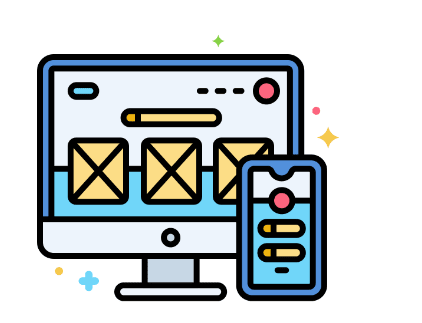
Front-end development represents the user side of web development. Front-end devs are responsible for building the visible side of a web application. The primary languages front-end developers use are HTML, CSS, and JavaScript. While these are the most ubiquitous to front-end devs, there are many different tech stacks to choose from.
Back-end web development
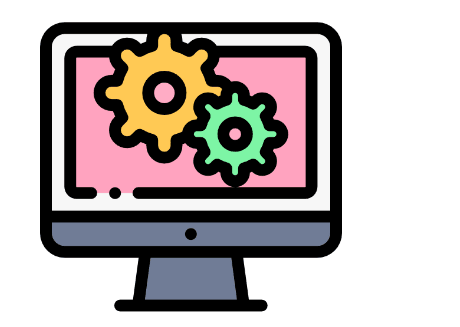
Back-end development is the server-side of web development. Back-end devs are responsible for website architecture, scripting, and communication with the database layer. There are plenty of different languages that can be used for back-end development. Just a few popular backend languages are:
- Python
- R
- Java
- JavaScript
- PHP
- Ruby
Front-end and back-end web development work together to create a functional web application that is easy and intuitive to use. The unison of these two disciplines is called full-stack web development. Full-stack developers follow the creation of a web application through the entirety of the system. They are able to work on every part of the application from browser to the server and database.
Web development is a diverse world of software engineering, and we recommend that you spend some time getting acquainted with the nuances of each discipline. Front-end vs back-end is a common question beginners like to ask, but the best way to answer it is by familiarizing yourself with both and seeing what you gravitate towards.
Machine learning
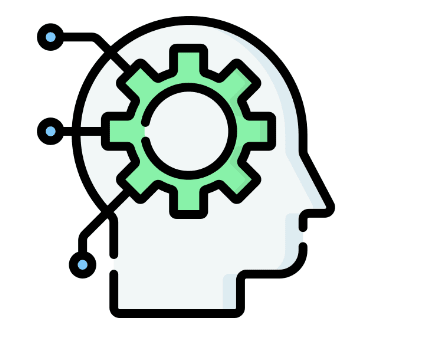
Machine learning is a complex process that centers around writing algorithms to sort, parse, and then learn from data. The main goal of machine learning is to develop models that can make informed decisions without manual input. By feeding machine learning models more data, more accurate connections between data can be formed, and the smarter the model becomes.
The most popular engineering discipline in tech right now is machine learning. Machine learning engineers are responsible for building artificial intelligence (AI), and they are in high demand at just about every big tech company. OpenAI’s ChatGPT made viral headlines, and Google and Bing aim to capitalize on the media’s attention to machine learning by announcing new AI powered search products.
Data science
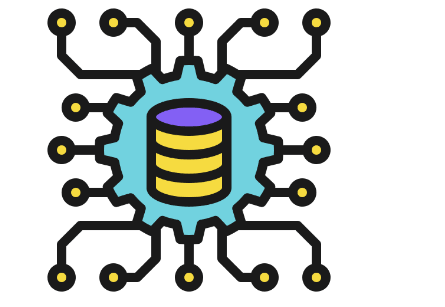
Data science is a broad term that encompasses multiple disciplines like statistics, scientific computing, and data analysis. While data science is slightly different from software engineering, there is a great deal of overlap. Software is crucial when it comes to parsing large amounts of data. There are varying specializations within data science, so there’s a space for anyone when it comes to finding your niche.
One of the easiest ways to discover data manipulation is through Python. Our data science path teaches you Python from absolute beginner to full blown data analysis with Pandas, a Python library for data analysis. Python isn’t the only language for data science, or the definitive best. It is common for languages like R, Java, C++, C#, and JavaScript for a wide range of data science use cases.
Problem solving logic
Now that you have an idea of what language you may want to start with, it’s time to get into the mindset of a programmer. Understanding the logic behind solving problems with programming is the most important skill when it comes to designing and implementing code.
Before you ever write a single line of code, we’ll make sure that you’re equipped with the tools to think critically and solve problems. Programmers are paid based on their ability to solve problems, not on their ability to write code. Learning a coding language is a technical skill that is integral to becoming a professional programmer, but it is not the most important quality of the best software engineers.
These courses will help you establish the logic and problem-solving skills you need to begin solving coding challenges and understanding the true responsibilities of real software engineers.
The most important thing when figuring out how to solve software engineering problems is to take them one step at a time. You may be familiar with this approach from mathematics; the concept in computer science is very similar.
Below is an example of the type of problem solving you’ll need to be familiar with for more challenging coding problems.
Task:
Measure water into different quantities.
Materials:
- As much water as necessary.
- One three-liter bottle.
- One five-liter bottle.
Rules:
- You may fill and drain the water bottles as many times as necessary.
- You may pour the contents of one bottle into another.
- You cannot partially fill a bottle.
Now that we have the groundwork covered, grab a piece of paper or open a text editor and write the step-by-step instructions for how you could measure out exactly two liters of water.
Remember: you can’t fill a bottle halfway.
Answer:
Pretty easy, right? If you start by filling the five-liter bottle, all you have to do is pour enough water into the three-liter bottle to fill it. Then, you’re left with exactly two liters in the five-liter bottle.
Other measurements:
Try writing the steps to measure out exactly one liter of water. Now try four liters of water.
Hint: both processes should begin by filling the three-liter bottle.
Of course, these types of problems aren’t really teaching you how to code, but they set you up for success when it comes to being a software engineer. Let’s get into what you’ll need to know when actually writing your first programs.
Programming basics
There is a lot to cover when it comes to the basics of programming. The fact that each language has slightly different syntax adds a whole other layer of nuance to the topic, as well. (In programming, syntax are the rules that tell programmers what combination of symbols and characters constitutes a valid statement.) So instead of giving you a crash course on one particular language let’s cover the very basics and what they are, so you’re more informed when you actually get into the weeds of the course.
Data types
Data types are classifications made to group data based on intent. One of the most important parts of understanding how your programs work will be knowing the difference between data types.
- Boolean: true or false (binary)
true,false- String: text/characters
"Hello world!"- Integer: whole numbers
8,49,-24680- Floating point/double: fractional numbers
0.0,6.626,-273.15
Conditional statements
Conditional statements are instructions that help a program make decisions. They function like a flow chart.
We’ll cover some of the most common conditional statements
if: Specifies a block of code to be executed if a condition is trueelse: Specifies a block of code to be executed if a condition is falseelseif: Specifies a block of code to be executed if a new condition is true
Loops
Loops are specific instructions for a program to repeat certain blocks of code. Typically, these instructions are performed as long as certain conditions are meant. Loops fit together harmoniously with conditional statements to instruct computers to perform a vast array of tedious or time-consuming tasks.
Loops are often written into functions.
Types of loops:
For: Repeats for a fixed number of iterations
# Print the elements of a list using a for loop
my_list = ["apple", "banana", "orange", "grape"]
for fruit in my_list:
print(fruit)//output
apple
banana
orange
grapeWhile: Repeats only while a certain condition is meant
# Count from 1 to 5 using a while loop
count = 1
while count <= 5:
print(count)
count += 1//output
1
2
3
4
5Functions, lists, and more
Whichever language you choose, the course will conclude with more complex aspects of coding. You’ll learn how to define functions and see how useful they can be.
You’ll even get an introduction to data structures by working with lists. Lists are collections of values separated by a comma. A list is marked with square brackets on either end. Lists are a great way to begin understanding data structures and how data can be organized, manipulated, and called.
At the end of the course, you will even have the opportunity to work on complex programs that represent real-world applications for beginner programmers. These tutorials will guide you in creating programs that manipulate strings, returns n prime numbers, and more.
Start a discussion
What programming language did you start with, or are currently starting with, while starting to learn how to code? Was this article helpful? Let us know in the comments below!
